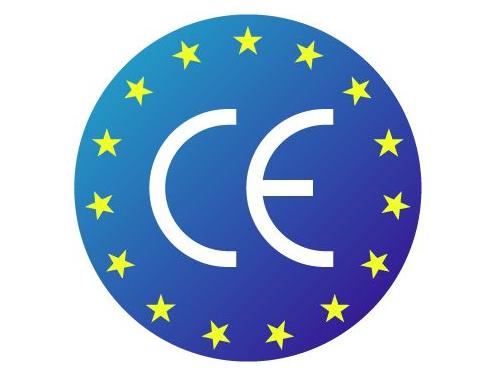On July 22, 2019, electronic and electrical equipment other than medical equipment and monitoring tools on the EU market must implement this mandatory control. From July 22, 2021, medical equipment (including in vitro medical equipment), monitoring and control instruments (including Industrial monitoring and control instruments) will also be included in the scope of control. In addition, the restrictions on phthalates for toy products do not refer to the RoHS directive, but should follow the restrictions in Article 51 of Annex XVII of the REACH regulations....
Read more
E Mark originates from the regulations promulgated by the European Economic Community (United Nations Economic Commission for Europe, referred to as UNECE). Currently, UNECE includes 56 countries in Europe. In addition to EU members, it also includes non-EU countries such as Eastern Europe and Southern Europe. UNECE regulations are only recommended for application by member states and are not mandatory standards....
Read more
EN71 is the standard for toy products in the EU market. Children are the most concerned and cherished group in society. The market for toys that are generally loved by children is developing rapidly. At the same time, various types of toys often cause harm to children due to various quality problems. Therefore, countries around the world have strict requirements on toys in their own markets. The requirements are becoming increasingly stringent....
Read more
"Registration, Evaluation, Authorization and Restriction of Chemicals; Registration, Evaluation, Authorization and Restriction of Chemicals". This is the European Union's preventive management of all chemicals entering its market. It was officially implemented on June 1, 2007....
Read more
RoHS is a mandatory standard established by EU legislation. Its full name is the "Restriction of Hazardous Substances" (Restriction of Hazardous Substances). This standard has been officially implemented on July 1, 2006...
Read more
GS certification is a voluntary certification based on German safety law and tested in accordance with EU unified standards. It is a German safety certification mark recognized in the European market. Since the awareness of GS safety certification has been deeply rooted in the hearts of the people, consumers are more inclined to purchase products with GS certification....
Read more
In order to improve the EuP Directive 2005/32/EC and further expand its scope, the European Union officially issued the Ecological Requirements Directive 2009/125/EC for energy-related products on October 31, 2009. This directive stipulates that energy-related products ( Energy-related Products) ecological design requirements framework. Since November 20, 2009, the ErP Directive 2009/125/EC has replaced the original EuP Directive (2005/32/EC, 2008/28/EC)....
Read more
E Mark originates from the regulations promulgated by the European Economic Community (United Nations Economic Commission for Europe, referred to as UNECE). Currently, UNECE includes 56 countries in Europe. In addition to EU members, it also includes non-EU countries such as Eastern Europe and Southern Europe. UNECE regulations are only recommendations for member states to apply and are not mandatory standards....
Read more